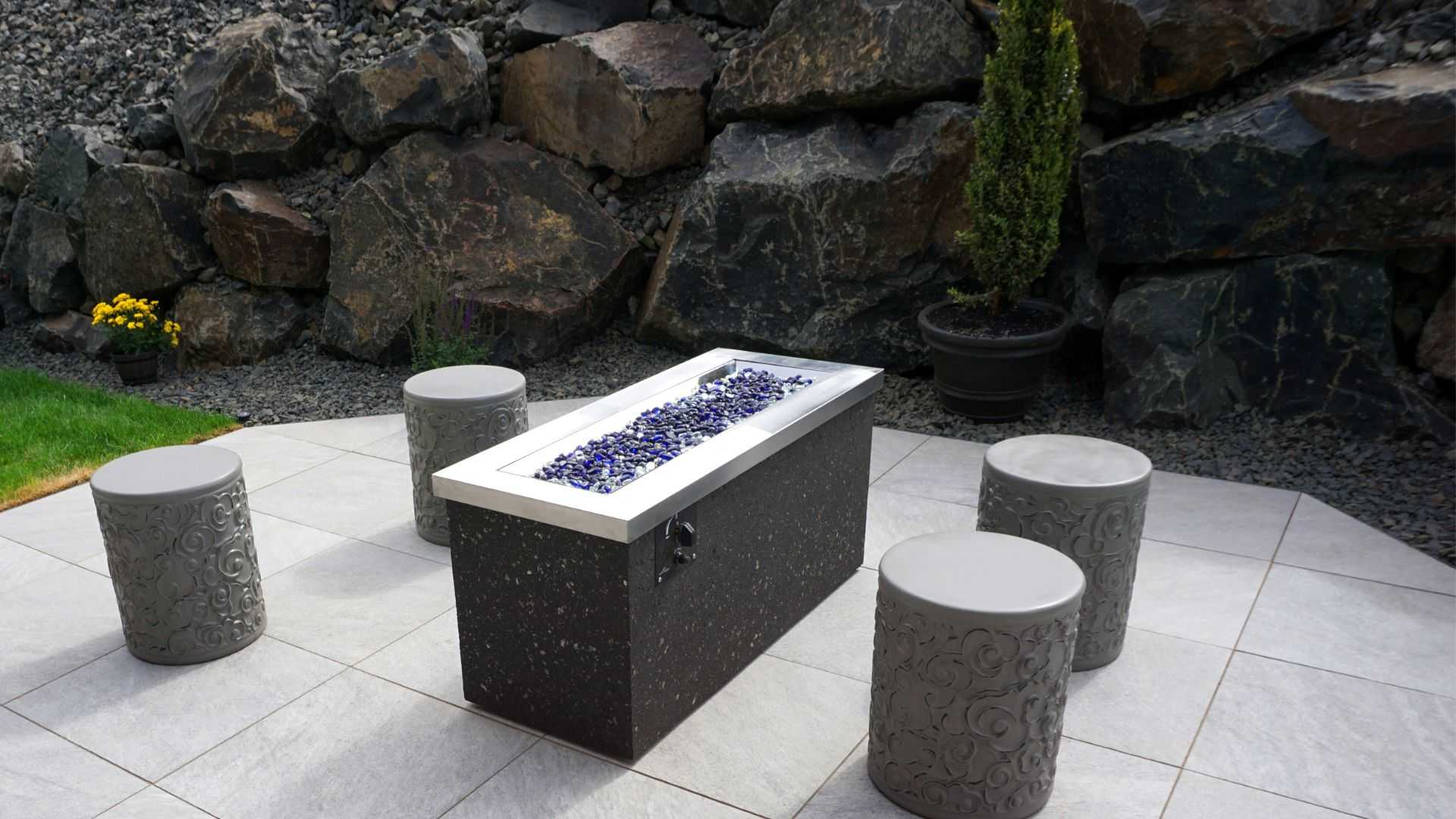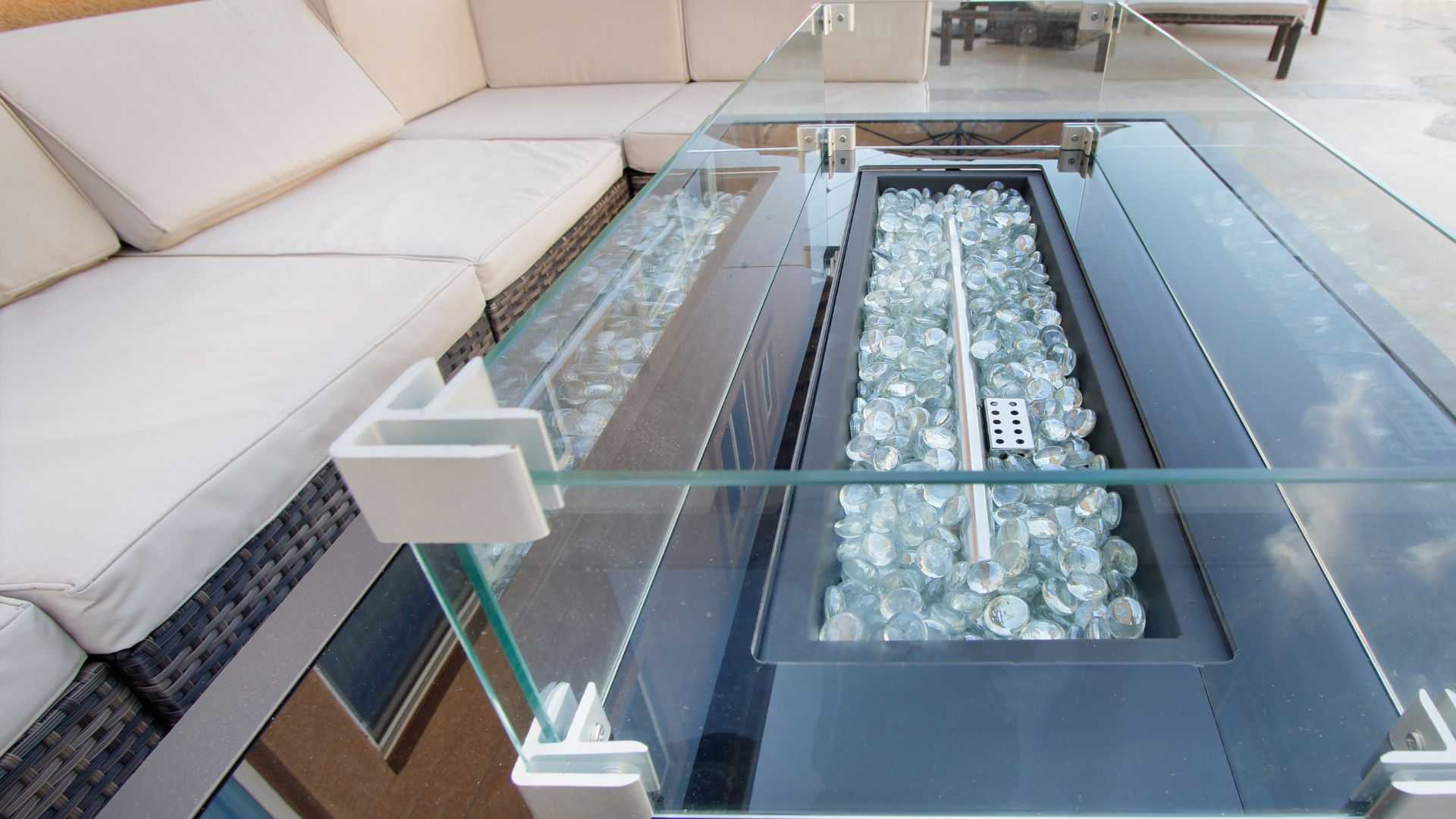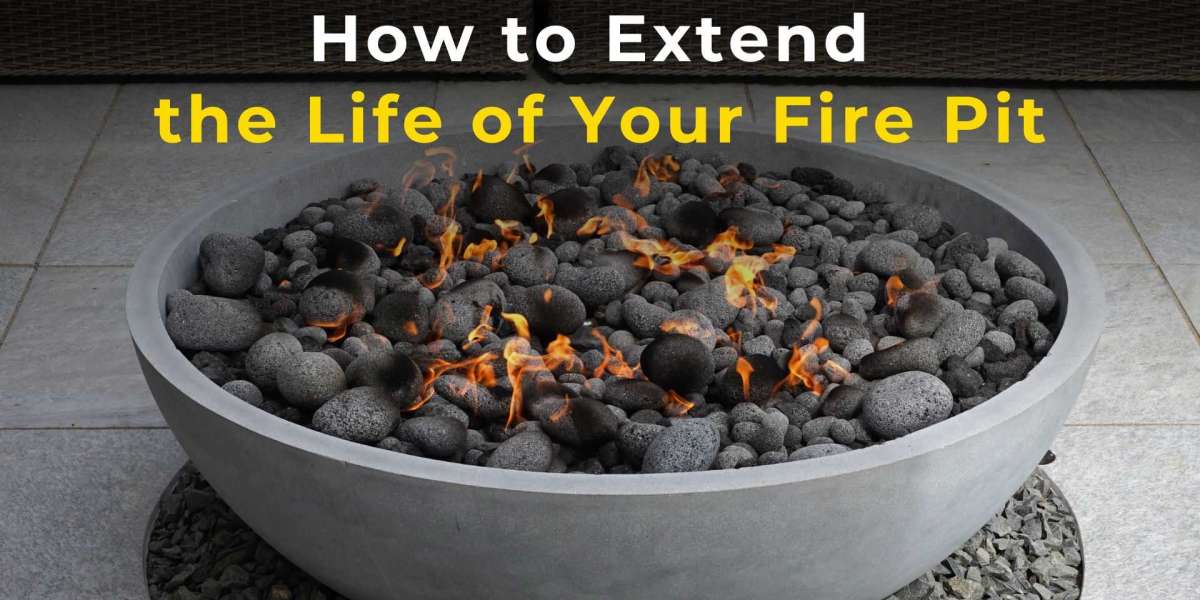A fire pit is the heart of outdoor gatherings, bringing warmth, ambiance, and charm to your space. However, consistent care is paramount to ensure your fire pit remains a functional and aesthetic asset for years. This guide provides expert fire pit maintenance tips, helping you maximize the lifespan of your fire pit while maintaining its efficiency and appeal.
Choosing the Right Location
Why Location Matters for Fire Pit Durability
The placement of your fire pit directly affects its lifespan. Situating it in an area exposed to strong winds or heavy precipitation can accelerate wear and tear. At the same time, uneven ground may cause structural instability.
Ideal Placement Tips
Choose a flat, stable surface away from overhanging trees or flammable materials. If your yard lacks natural shelter, consider installing a windbreak or a portable fire pit to relocate as needed.
Using the Right Materials
Types of Fire Pits and Their Unique Maintenance Needs
Each type requires specific care, whether you own a steel fire pit, stone fire pit, or cast iron fire pit. Metal fire pits, including steel ones, need protection against rust, while stone fire pits demand regular sealing to prevent cracks from temperature fluctuations.
Selecting Quality Fuel for Minimal Wear
Avoid using damp or green wood, as it produces excessive smoke and soot, causing residue buildup. Instead, choose seasoned hardwoods like oak or maple, which burn cleaner and reduce strain on the fire pit's interior.
Regular Cleaning and Ash Disposal
Why Regular Cleaning Prevents Long-Term Damage
Accumulated ash and debris can trap moisture, leading to rust and degradation. A routine cleaning schedule prevents these issues, keeping your fire pit in prime condition.
Proper Ash Disposal Techniques
Allow ashes to cool completely before disposal. The ashes should be temporarily stored in a metal container that has a cover that fits snugly on top. This will ensure that they be handled safely and will prevent accidental fires from starting.
Protective Covers: A Must-Have
Benefits of Using a Fire Pit Cover
A high-quality cover shields your fire pit from rain, snow, and debris, prolonging its life and reducing the need for frequent cleaning.
Selecting the Right Cover for Your Fire Pit
Opt for a cover made from weather-resistant materials like heavy-duty vinyl or polyester. Ensure a snug fit to prevent water or debris from seeping through.
Weatherproofing Your FirePit

Effects of Weather on Fire Pit Longevity
Prolonged exposure to elements like rain and UV rays can cause cracking, discoloration, and rust. Without proper weatherproofing, even durable fire pits may succumb to premature wear.
Seasonal Care Tips
In summer, apply a UV-resistant spray to prevent sun damage. Store your fire pit indoors in winter, or cover it with an insulated, waterproof tarp.
Preventing Rust and Corrosion
Cleaning Methods to Prevent Rust
Regularly wipe down metal surfaces with a damp cloth to remove dirt and moisture. Use a light soap and a soft-bristle brush to get rid of tough dirt.
Applying Protective Coatings
Coat metal fire pits with a rust-inhibitor spray or heat-resistant paint to create a barrier against moisture and oxidation.
Inspecting and Replacing Parts
Common Components That Wear Out
Burner pans, grates, and spark screens are particularly susceptible to wear. Regularly inspect these components for cracks, warping, or signs of corrosion.
How to Identify and Replace Faulty Parts
Replace damaged parts promptly to prevent further issues. Always choose manufacturer-approved replacements to maintain safety and functionality.
Proper Use and Safety Guidelines
Avoiding Overheating and Structural Damage
Overloading your fire pit with excessive fuel can lead to overheating, compromising its structure. Maintain a moderate fire to ensure safety and longevity.
Tips for Safe Fire Pit Operation
Always follow manufacturer guidelines and use appropriate tools for lighting and extinguishing fires. Avoid using accelerants like gasoline, which can cause dangerous flare-ups.
Seasonal Storage and Maintenance
Preparing Your Fire Pit for Off-Seasons
Before storing your fire pit, clean it thoroughly and allow it to dry completely. Apply a protective coating if needed, especially for metal fire pits.
Best Storage Practices

Store portable fire pits in a dry, covered area like a shed or garage. If your fire pit is stationary, use a durable cover to withstand extreme weather conditions.
A well-maintained fire pit invests in countless cozy evenings and cherished memories. Through the implementation of these fire pit maintenance guidelines, which include the utilization of a sturdy propane tank cover to safeguard your setup, you can guarantee that your fire pit will continue to serve as the focal point of your outdoor space for many years to come. Take care of your fire pit, and allow it to continue to be a source of warmth and enjoyment for many years to come.
Frequently Asked Questions About Fire Pit Maintenance
1. How Often Should I Clean My Fire Pit?
You should clean your fire pit after every use to remove ash and debris and perform a thorough cleaning at least once a month for optimal maintenance.
2. Can I Use Any Wood in My Fire Pit?
No, it's best to use seasoned hardwood like oak or maple. Avoid green or damp wood, as they produce excessive smoke and residue.
3. How Can I Prevent My Metal Fire Pit from Rusting?
Regularly clean the surface, apply a rust-inhibitor spray, and use a weatherproof cover to protect it from moisture and oxidation.
4. Is a Cover Necessary for My Fire Pit?
A protective cover shields your fire pit from weather damage, debris, and dirt, significantly extending its lifespan.
5. What Should I Do With My Fire Pit During Winter?
It should be cleaned well, given protective coats if needed, and kept in a dry, protected area or wrapped in an insulated tarp.














